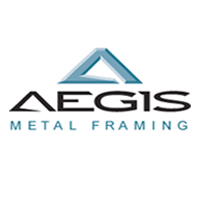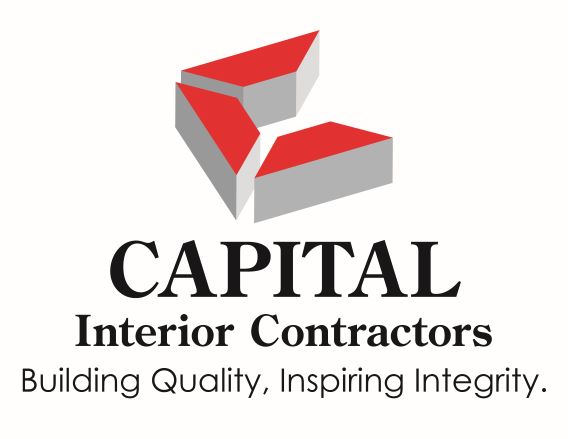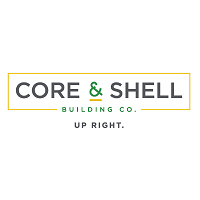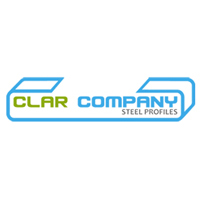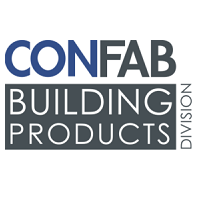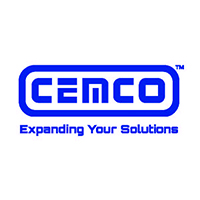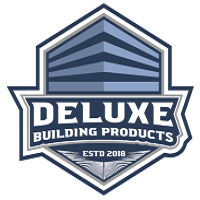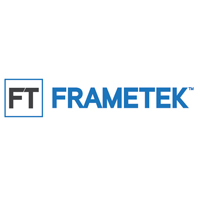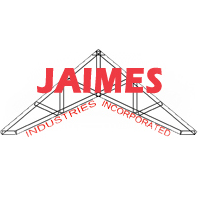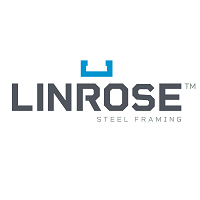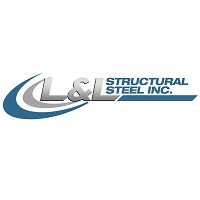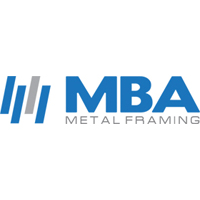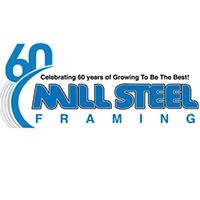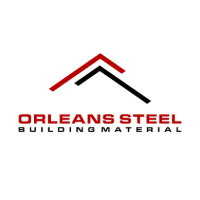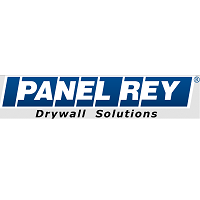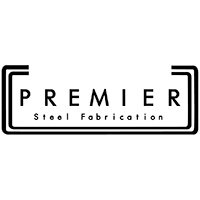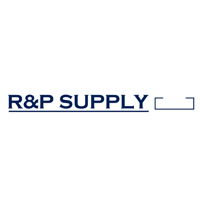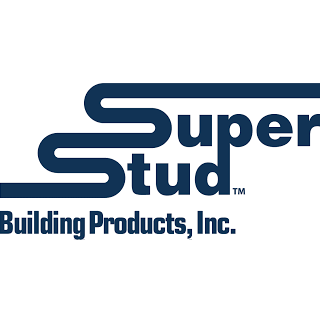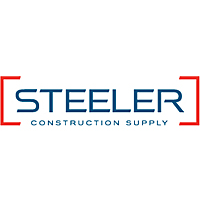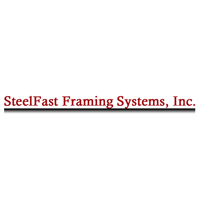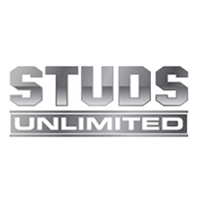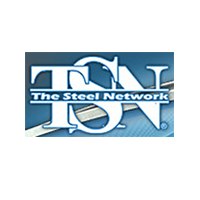Announcements
SFIA’s Annual Meeting and General Session - April 1 2025
SFIA’s annual meeting and general session will start at noon on Tuesday, April 1, in room E221A at the Charlotte Convention Center, in conjunction with Build25: AWCI’s convention and trade show. The annual meeting will showcase SFIA design award winners, include officer elections and a brief presentation by SFIA executive director Don Allen. The SFIA general session will start at 12:30: featuring association advocate Dan Varroney, who is spearheading SFIA’s 2025-2028 planning. All SFIA members are welcome to attend the annual meeting, and the general session will be open to the public. Plan now to attend! SFIA members are entitled to a free VIP pass. More here
Press Release - November 7, 2024
The Steel Framing Industry Association (SFIA), an accredited ANSI Standards Development Organization, announced today that Jay Larson, P.E., F.ASCE, formerly with the American Iron and Steel Institute, has been appointed secretariat of the newly formed SFIA Standards Committee.
Read more..
Press Release - July 23, 2024
Don Allen Ready to Lead
SFIA's new ED begins Aug. 1
Don Allen, P.E., S.E., LEED AP, is the Steel Framing Industry Association’s (SFIA) new executive director on August 1. Allen succeeds Larry Williams, who is retiring. Allen says he is "excited to work and partner with the SFIA staff and leadership team" to grow the steel framing market.
Press Release - June 1,2023
On May 1, 2023, the Cold-Formed Steel Engineers Institute (CFSEI), the steel framing industry’s leading professional design association, moved from its former home with the American Iron and Steel Institute to become part of the SFIA.
Tonnage Reports - 2022
These reports provides buyers and users of cold-formed steel framing in the United States with an industry-wide statistical summary of the volume of steel.
A Fire Service Professional’s View
The increased use of wood framing in mid-rise buildings has been accompanied by a growing incidence of major fires that have destroyed these combustible structures both during construction.
SFIA Technical Guide - Release
Technical Guide for Cold‐Formed Steel Framing Products, provides with a comprehensive tool for designing with cold‐formed steel framing members.
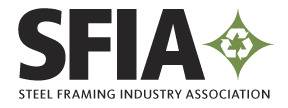
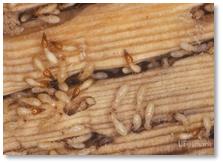 Termites. Approximately five billion dollars of damage occur each year due to termite infestations in the United States and represent a significant threat to the long-term resilience of a building throughout most of the US and particularly in warmer climates.
Termites. Approximately five billion dollars of damage occur each year due to termite infestations in the United States and represent a significant threat to the long-term resilience of a building throughout most of the US and particularly in warmer climates.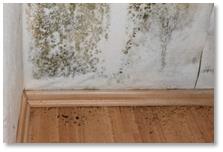 Mold. Preventing exposure to susceptible materials during a flood or even under normal conditions in some areas is critical to preventing mold, mildew, and structural deterioration.
Mold. Preventing exposure to susceptible materials during a flood or even under normal conditions in some areas is critical to preventing mold, mildew, and structural deterioration. 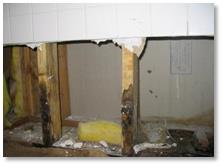 An alternative approach is to not use susceptible materials in flood-prone areas in the first place. Cold-formed steel is inherently a good choice for any framing where it may get wet during a flood. Unlike wood framing, cold-formed steel is inorganic and won’t provide a source for mold and mildew. Even in extreme coastal environments, the long term life of cold-formed steel framing used in accordance with AISI design standards and U.S. building codes has been shown to be hundreds of years, or well beyond the expected life of a building.
An alternative approach is to not use susceptible materials in flood-prone areas in the first place. Cold-formed steel is inherently a good choice for any framing where it may get wet during a flood. Unlike wood framing, cold-formed steel is inorganic and won’t provide a source for mold and mildew. Even in extreme coastal environments, the long term life of cold-formed steel framing used in accordance with AISI design standards and U.S. building codes has been shown to be hundreds of years, or well beyond the expected life of a building. 